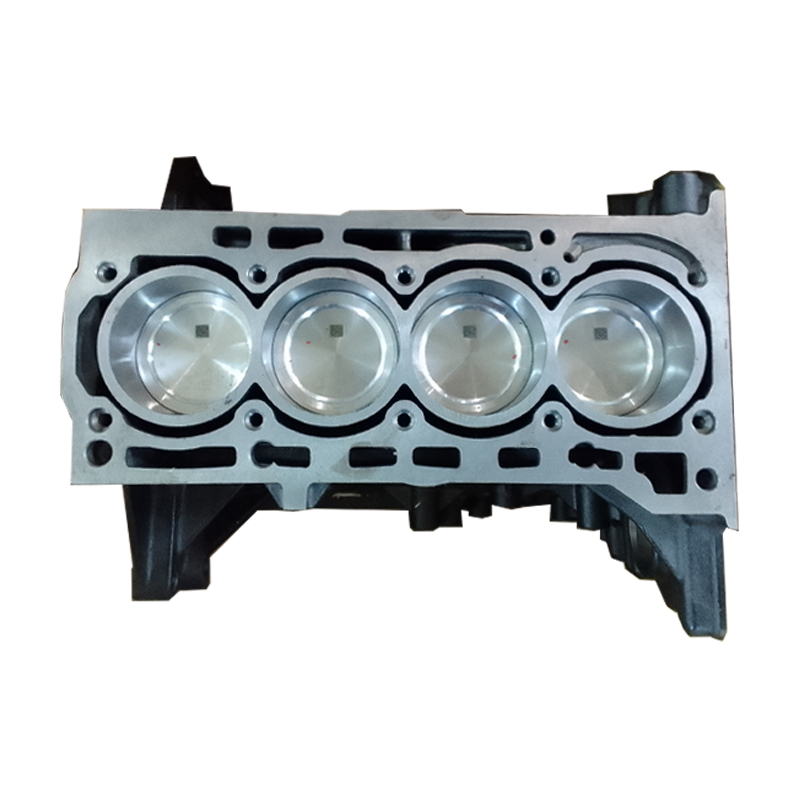Exactly How a Clp Engine Can Enhance Performance in Numerous Industries
The advent of CLP engines notes a significant shift in operational effectiveness throughout numerous sectors, driven by their capability to enhance gas intake and minimize downtime. As organizations progressively prioritize sustainability together with performance, the duty of CLP engines becomes even much more vital.
Overview of CLP Engines
CLP engines, or Continual Fluid Propellant engines, stand for a considerable improvement in propulsion innovation, especially for space applications. These engines make use of a continual feed system that enables for the sustained expulsion of propellant, leading to boosted performance and performance contrasted to standard solid or hybrid propulsion systems. By maintaining a consistent circulation of liquid propellant, CLP engines can accomplish more specific thrust control, which is essential for steering spacecraft in different mission circumstances.
The style of CLP engines integrates advanced products and cutting-edge fuel administration systems. clp engine. This leads to decreased weight and raised reliability, essential aspects for long-duration space goals. Additionally, the continual operation decreases the danger of combustion instability, a typical challenge in traditional rocket engines.

Benefits in Manufacturing
The manufacturing of Continuous Fluid Propellant (CLP) engines presents several notable advantages that enhance both efficiency and cost-effectiveness. One of the primary advantages is the structured production process, which decreases the complexity related to traditional propulsion systems. By utilizing fluid propellant, suppliers can attain better accuracy in engine performance, resulting in optimized power result and reduced waste.
Additionally, CLP engines facilitate a greater level of modularity, enabling simpler combination right into different manufacturing lines. This versatility can substantially reduce lead times and enhance total functional flexibility. Making use of CLP technology additionally often tends to lessen the requirement for substantial maintenance due to less moving parts, which equates into reduced downtime and functional expenses.

Applications in Logistics
Leveraging Continuous Liquid Propellant (CLP) engines in logistics uses considerable benefits in functional effectiveness and dependability. These engines offer a robust service for various transportation needs, enabling the smooth movement of goods across vast ranges. The inherent design of CLP engines allows for consistent power result, which converts right into smoother and a lot more predictable transportation schedules.
Among the crucial applications of CLP engines in logistics is in heavy-duty products transportation, where they can drive both ground and aerial cars. Their ability to keep high efficiency under varying load problems makes certain that shipment timelines are met, thereby boosting client fulfillment. Additionally, CLP engines can be incorporated right into automated logistics systems, promoting real-time monitoring and optimizing course preparation.
Furthermore, the resilience of CLP engines reduces upkeep downtime, enabling logistics companies to optimize their operational capabilities. This is specifically helpful in warehousing operations, where efficiency in taking care of and his response delivering goods is critical. As logistics proceeds to develop, the assimilation of CLP engines represents a forward-thinking approach that not just enhances efficiency however likewise sustains the market's expanding demands for reliability and rate.
Effect On Energy Performance
Exactly How do Continual Liquid Propellant (CLP) engines boost energy effectiveness in transport? CLP engines utilize a regular flow of fluid gas, optimizing burning procedures and maintaining a steady drive output. This style decreases energy losses related to typical burning engines, where fuel shipment can differ and bring about inefficiencies.
The constant procedure of CLP engines permits a much more reliable thermal cycle, resulting in higher certain impulse contrasted to conventional engines. clp engine. This equates to lowered fuel usage for the very same quantity of job done, considerably reducing functional prices throughout various transportation markets, consisting of aviation and maritime industries
Furthermore, the capability of CLP engines to keep optimum efficiency under differing lots problems lowers the need for frequent acceleration and deceleration, additionally improving gas effectiveness. Boosted energy efficiency not only adds to cost savings however additionally brings about lower greenhouse gas emissions, lining up with worldwide sustainability goals.
Future Trends and Innovations
Emerging improvements in Continual Fluid Propellant (CLP) engine modern technology assurance to change the landscape of transport effectiveness and sustainability. As industries pivot toward greener choices, CLP engines stand at the explanation center, incorporating cutting-edge products and style approaches that enhance performance while minimizing ecological impact.
One of one of the most appealing trends is the fostering of crossbreed systems that combine CLP engines with renewable resource sources. This harmony can optimize fuel intake and minimize emissions, lining up with global sustainability goals. Furthermore, advancements in computational fluid dynamics (CFD) are promoting the layout of more aerodynamically effective engines, resulting in reduced drag and boosted fuel performance.
In addition, the advancement of clever tracking systems is established to enhance functional efficiencies. These systems take advantage of information analytics and IoT innovation to maximize engine performance in real-time, making sure that the engines run within their most efficient criteria.
As research proceeds to discover alternative propellant formulas-- such as biofuels and artificial fuels-- the about his future of CLP engines looks appealing. By using these developments, markets can not just enhance their performance yet likewise add significantly to a cleaner, extra sustainable future in transportation.
Final Thought
In conclusion, CLP engines represent a considerable innovation in efficiency across several markets. The combination of sophisticated products and fewer moving components lessens upkeep demands, while positioning with sustainability goals settings CLP engines as a critical technology for the future.